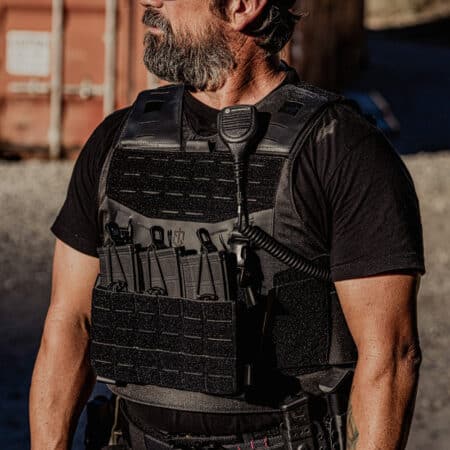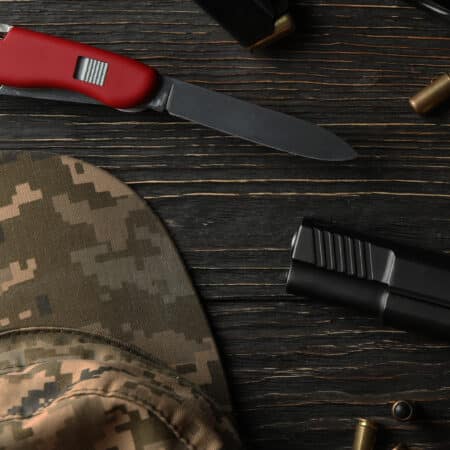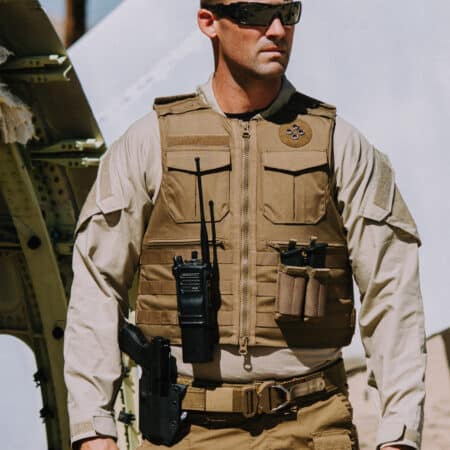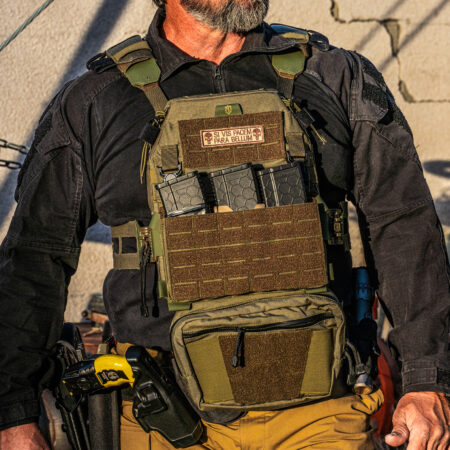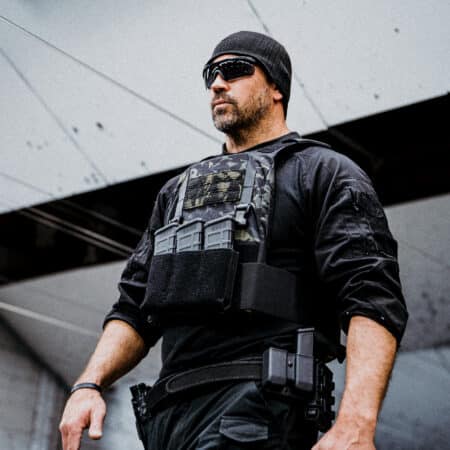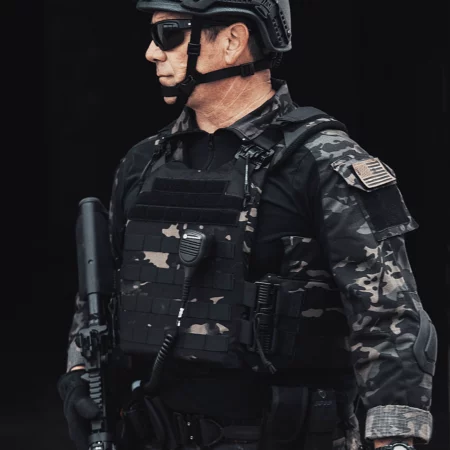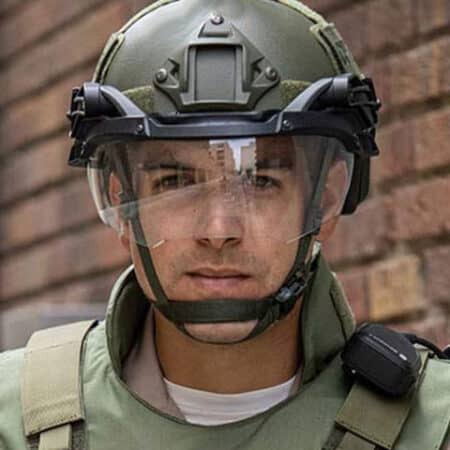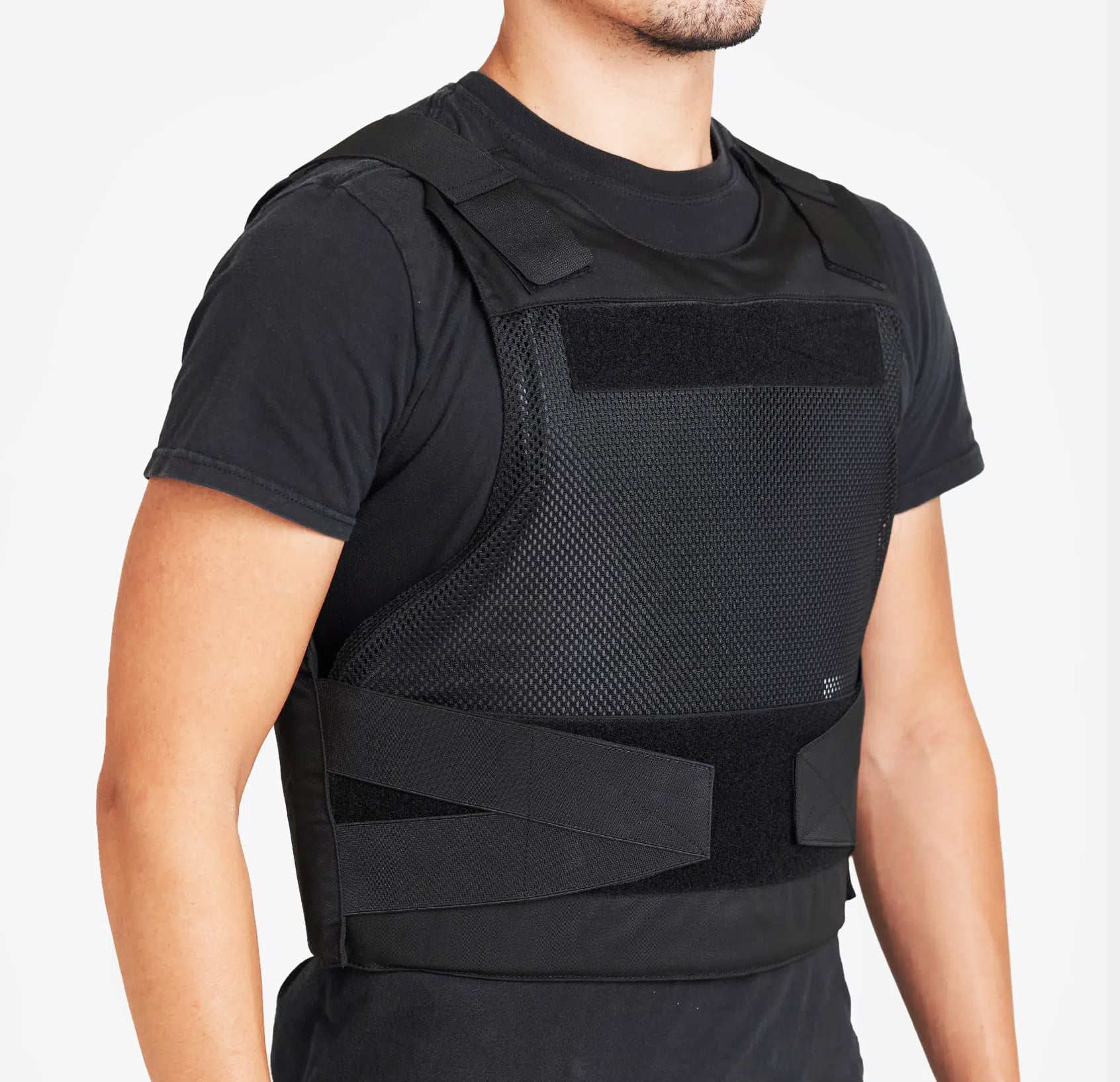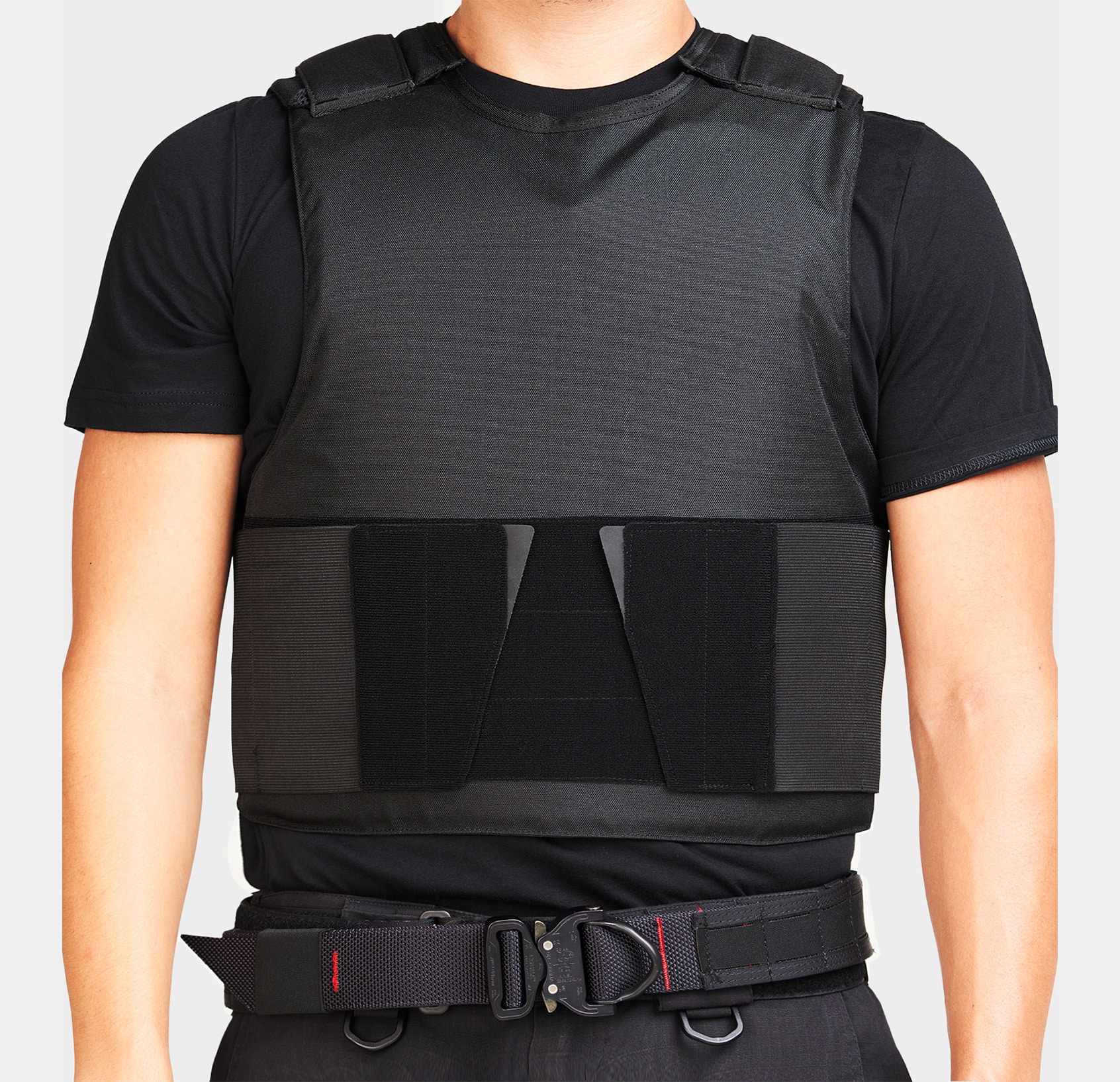- Tactical Gear as Part of a Layered Defense System
- 1. Surveillance Systems: A Vital Tool for Intelligence
- 2. Alarms and Flood Lights - a Highly effective Deterrent:
- 3. Body Armor: A Personal Line of Defense
- 4. Firearms: Choosing the Right Home Defense Weapon
- Creating a Tactical Home Defense Plan
- Conclusion:
When it comes to home security, most people think of locks, alarms, and maybe a camera or two. However, in today’s unpredictable world, these basic measures may not be enough. Homeowners seeking maximum protection are now integrating tactical gear into their security strategies. This means thinking beyond the typical alarm system, incorporating body armor, firearms, and surveillance systems for a truly layered defense. Here’s how you can use tactical gear to safeguard your home and loved ones.
Tactical Gear as Part of a Layered Defense System
If you want to turn your home into an impregnable fortress, any single form of defense won’t be enough. The key to home defense is a layered approach, which combines traditional security measures—like reinforced doors and windows—with advanced technology and tactical gear.
Ideally, you should consider yourself and your tactical gear as the final line of defense. You should only have to put yourself in danger, where every other layer of defense has failed.
The first layer of defense should be your security cameras, Alarms, and flood lights. These are in place to deter anyone from even trying to break into your home. If these aren’t enough, the second layer of defense will be your reinforced doors and windows, with locks that are hard to break. These will keep the home invaders out of your home, and give you enough time to call the police.
Finally, if all of these systems fail, and the criminals break into your home, you can be there, waiting for them like a big bad boss, with your armor equipped, and your home defense weapon in hand. Still, there are several home defense strategies that you can use to delay the fight as much as you can so that the local authorities have enough time to respond before you put yourself in danger.
So, let’s talk about these layers in detail, and look at how they will work.
1. Surveillance Systems: A Vital Tool for Intelligence
Your first line of defense is intelligence, and modern surveillance systems are the best tools for gathering it. A good surveillance system allows you to monitor your property in real time, providing alerts to potential threats before they become immediate dangers. This gives you time to react, whether it’s preparing to defend yourself or calling for help.
Motion-Activated Cameras conserve power by only recording when movement is detected, making them ideal for low-traffic areas. Additionally, these cameras can send an alert to your phone when they detect movement on your property so that you can assess the threat by looking at the live feed from the camera, and take security measures as required. Modern cameras these days also have night vision, which can help you identify threats in the dark.
If you see an intruder approaching your home, you can don your body armor and retrieve your firearm before the threat reaches your doorstep. This kind of preparation can provide invaluable seconds when every moment counts.
2. Alarms and Flood Lights – a Highly effective Deterrent:
Whoever is trying to break into your home, probably wants to do so undetected, and they want to attract as little attention as possible. This is where Alarms and Flood Lights can be very effective.
When you get an alert from your motion-sensing security cameras, and you identify the movement as a threat, you can remotely turn on the floodlights from inside your home, which will light up your property, and take away the cover of darkness.
Then, if the intruder is still there, sound the alarms, which are sure to attract a lot of attention, and send any intruder running away even before they reach your front steps.
3. Body Armor: A Personal Line of Defense

Body armor isn’t just for Military and Law Enforcement. As a civilian, having body armor on hand during a home defense situation can be the difference between life and death.
Unpredictable situations, such as a home burglary or even natural disasters, may force you to defend yourself in your own home. Having the right type of body armor accessible ensures that you are prepared for these moments.
Types of Body Armor:
Level IIIA Soft Armor: This is ideal for mobility and comfort. It protects against common handgun rounds and can be worn under clothing without restricting movement.
Level III+ or IV Hard Plates: For high-threat situations involving rifles or other powerful firearms, these plates offer greater protection, although they can be bulkier and heavier.
Ballistic Helmets: if you want to take your personal defense gear to the next level, consider buying a Tactical Ballistic Helmet like the Ace Link Gen 2 Special Mission Ballistic Helmet. A Helmet won’t only improve your ballistic protection, but it will allow you to mount additional tactical accessories that can improve your combat effectiveness.
Placement and Storage:
Store your armor in a location where it can be accessed quickly, such as a closet near your bedroom. It’s important to regularly inspect and maintain your armor to ensure it remains effective. Extreme heat, moisture, and improper storage can degrade its effectiveness over time.
Product Comparison
4. Firearms: Choosing the Right Home Defense Weapon
If a break-in occurs, and you are forced to defend yourself, you need to have a solid home defense firearm. However, choosing the appropriate firearm for home defense depends on various factors, including your level of training, home layout, property size, and personal preferences.
Common Home Defense Firearms:
Shotguns: Known for their stopping power, shotguns are an excellent option for home defense. Their spread pattern reduces the need for pinpoint accuracy, which can be vital in high-stress situations. Additionally, you can load nonlethal ammunition like rock salt shells into your shotgun, which can hurt really bad, but won’t fatally injure the intruder.
Handguns: Easy to maneuver in close quarters, handguns are ideal for those who may need to move quickly through their home while carrying a weapon. Compact and effective, they offer a good balance of firepower and mobility, especially if you choose the right caliber.
Rifles: Though more powerful, rifles are better suited for long-range threats and may not be as practical for indoor defense due to their size and penetration power. Rifle rounds can over penetrate through walls, and put your own family at risk if they miss the target. However, if you live on a large property, like a ranch or farm, having a rifle can be quite helpful.
Tactical Training:
Regular training is a must for any firearm owner. Practice at the range and ensure that you can safely handle and operate your firearm in high-stress situations. Keeping firearms secure but accessible is essential, especially in homes with children. Consider biometric safes or other quick-access storage solutions.
Creating a Tactical Home Defense Plan
Once you have the gear, you’ll need to incorporate it into a broader home defense plan. This plan should be known by all family members and practiced regularly.
Conduct home defense drills with your family, so that you can follow your plan efficiently in high-stress situations. You should designate a safe room in your house, which is ideally farthest from the entrance, and is easy for you and the rest of your family to get to. You can also make additional arrangements like installing a reinforced door to this room.
Conclusion:
In today’s world, integrating tactical gear into your home security strategy isn’t about paranoia—it’s about preparation. By combining body armor, firearms, and surveillance systems, you’re creating a layered defense system that gives you and your loved ones the best chance of staying safe in an emergency. So, it’s time to start taking your home defense seriously, and we hope this short guide helps you on your mission to turn your home into a fortress.





